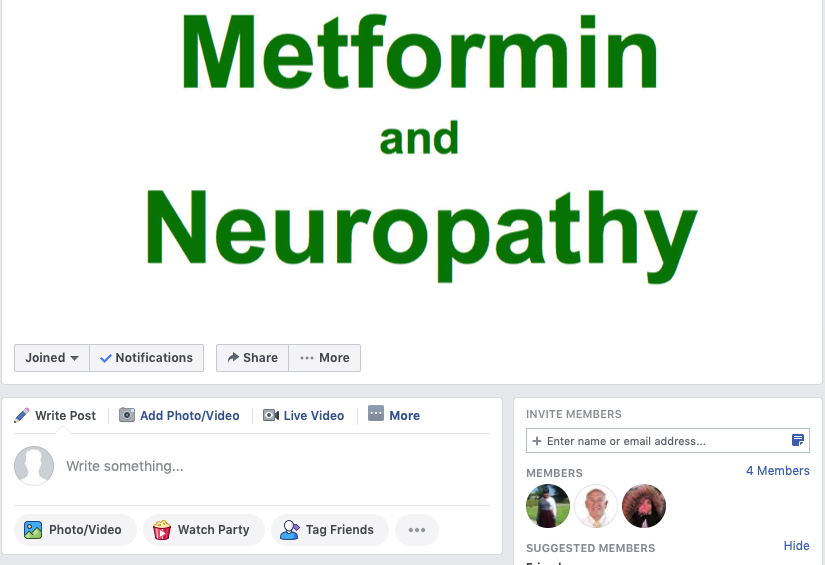During episodes of hyperglycemia, unlike most other cell types, the neurons and Schwann cells of the peripheral nervous system are unable to successfully prevent the rise of their internal glucose levels and, as a consequence, are damaged. This mechanism was described by Michael Brownlee, in his seminal paper, The Pathobiology of Diabetic Complications. Increased levels of intracellular glucose damage these cells by increasing oxidative stress and increasing flux through destructive metabolic pathways. This results in diabetic polyneuropathy.
Benfotiamine, a high-potency, lipid-soluble form of thiamine (vitamin B1) has been shown to reduce oxidative stress, decrease flux through these destructive pathways and improve the symptoms of diabetic polyneuropathy.
Benfotiamine has also been shown to reverse thiamine deficiency, a well-established consequence of diabetes and cause of polyneuropathy. Unfortunately, the importance of thiamine deficiency in diabetes is generally underappreciated by many clinicians. Porta et al. make the case that “diabetes might be considered a thiamine-deficient state…”. They argue that diabetes, a disease characterized by impaired carbohydrate processing, is intimately related to thiamine deficiency, a condition that impairs carbohydrate processing.
Hence, the well-established therapeutic benefits achieved with benfotiamine in the treatment of diabetic polyneuropathy are likely the result of the reduction of oxidative stress, the inhibition of destructive metabolic pathways and the reversal of thiamine deficiency in the cells of the peripheral nervous system.

